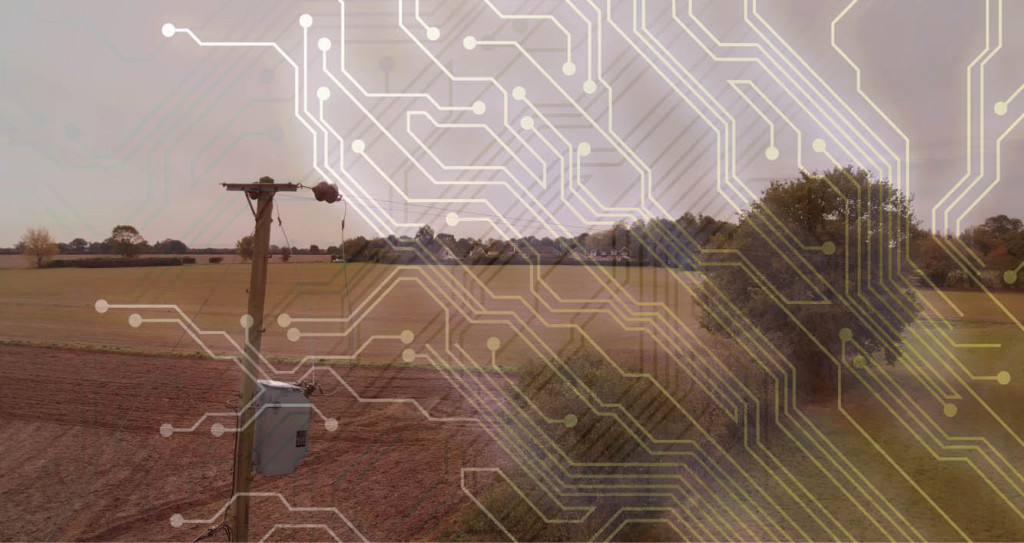Big Data to help increase network storm resilience
With winter now here the risk of power outages due to storm activity escalates. To help meet this challenge NM Group have launched a Big Data vegetation modelling service, to predict where future tree falls are likely to occur. The aim being for networks to be able to use predictive analysis to put better protections in place. Developed as part of a joint research project with Durham University, this new service is called Vegetation Analytics.
To mitigate against storm-related tree failure, networks need to be able to identify and remove or manage trees with the potential to strike overhead lines. Current inspection technology can highlight trees in close proximity to powerlines. Yet for most distribution networks with a large exposure to vegetation, the number of potential fall-in hazards might number tens or even hundreds of thousands of trees. Clearly, when the number of possible threats can be so high there is a pressing need for data-driven decision making to prioritise finite resources.
NM Group’s Vegetation Analytics is a data service that processes vast amounts of data to understand trends and predict future vegetation threats. It does this through incorporating both historic data and the utilities existing network information. Because of the massive volumes of data involved machine learning processes are needed to rapidly assess variables which have the potential to cause or influence tree fall. This is simply a process that would be too onerous to do manually.
The analysis shows which factors have a positive correlation with recorded tree strikes on a specific network. These variables are network specific but can include tree type and forest structure, topography, soil type and drainage, historic weather records and existing tree management records. Rigorous testing on past electricity networks has shown an accuracy of up to 80% in the predictive ability of this modelling technique.

Once this base model has been formulated, the system applies this to a virtual 3D replica of the entire utility forest, creating a ranked inventory of trees with their fall risk attached. Additional techniques can further improve the model’s predictive capabilities. For example, fall risk can be combined with modelled tree fall direction and the degree of overstrike to aid in refining inspection and removal planning. As can further years worth of data, identifying for example tree growth trends. As a result networks can ensure they proactively manage these locations in a prioritised manner, minimising the chance of outages and customer minutes lost.
NM Groups Product Manager, Sophie Davison added, “Predictive analytics provide an incredibly useful tool to utility asset owners. Vegetation Analytics, provides useful, usable metrics, predicts areas of risk and enables more effective OPEX spend. Utilities already collect huge volumes of data, making this work harder for our clients is simply the next logical step.”
The use of LiDAR and ground based inspections are widely being used by DNOs for locating threats. One limitation though is that by their very nature, a single survey is only looking at a limited period of data - a single snapshot in time. Employing historical and environmental data provides the key to look holistically at the trends and cricually, look forward in time. Enabling operators to predict which trees need managing ahead of major storm activity and optimising OPEX spend for for the future.

